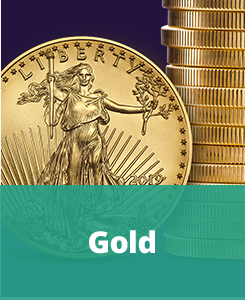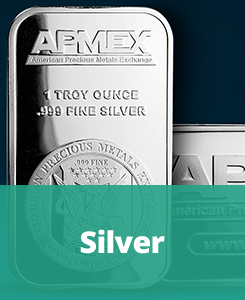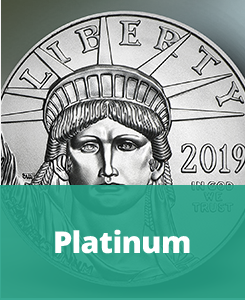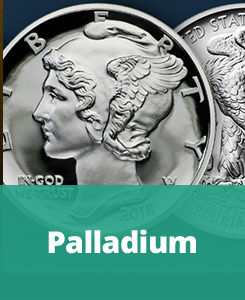Shop by category
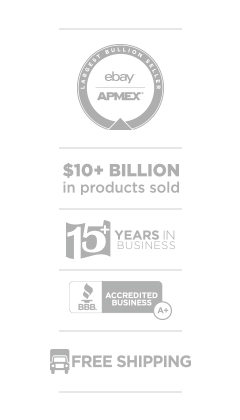
store
Newsletter
Add us to your Favorites andreceive exclusive emails about new items and special promotions!
Sign Up2009 Ultra High Relief Gold Double Eagle MS-70 NGC
Click Thumbnails to Enlarge
Photos in this listing may or may not be stock photos.
The photos are meant to be an indication of the product you will receive.
Product Description
 | |
|---|---|
Grade MS 70 | Population 11,279 |
Graded Higher 2,646 | Mintage 115,178 |
Information Provided By 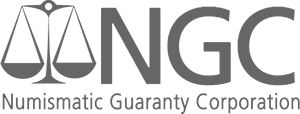 | |
Coin Highlights:
- Contains 1 oz of .999 fine Gold.
- Struck on a 4 mm thick planchet in Ultra High Relief.
- NGC encapsulation of Mint State-70 authenticates and protects the condition of the coin.
- Obverse: Shows Lady Liberty striding in front of the sun's rays with a fiery torch in her right hand and an olive branch in her left.
- Reverse: Features a majestic bald eagle in flight with United States of America and Twenty Dollars above and In God We Trust below.
- Minted at the West Point facility in New York.
Protect your Ultra High Relief Double Eagle in style by adding an attractive display box to your order.
NGC, one of the top two coin grading services, has guaranteed the Perfect Mint State-70 condition of this coin, adding collectibility to the beloved design. Enhance your collection by adding this 2009 Ultra High Relief Double Eagle to your cart today!
The original design itself was first shown to President Theodore Roosevelt in December 1906. At the time, Roosevelt ordered the mint to produce experimental examples exactly following the artists models. Mint engraver Charles Barber took his job seriously, and although he and Saint-Gaudens despised one another personally, Barber had considerable respect for the sculptors artistic talent and reputation. To a remarkable extent, this was accomplished by Barber during the first week of January 1907, with considerable assistance from Henri Weil. The two not only prepared hubs for a normal 32-millimeter diameter Double Eagle, but another set for the 27-millimeter specimen the size of the current $10 Gold Eagle.
Experimental pieces in both diameters were intended to determine how many blows it took to fully express Saint-Gaudens high relief design. Everyone, including Saint-Gaudens, knew that a coin with such high relief could not be struck with one blow from a normal press, but no one knew how many it would take. Barber hoped that the small-diameter pieces would allow more of the force from the press to concentrate and result in fully struck coins with fewer blows. During the second week of February, small-diameter pieces were struck, although we do not know how many blows it took. Each coin was 27 millimeters in diameter but contained the same Gold as a $20 coin. The result was a small, very thick coin with a decided lump-like feel.
As was common, mint Director George Roberts took a couple of specimens of normal and small diameter experimental pieces back to Washington. He gave one pair to mint Auditor (and former Director) Robert Preston, and kept one pair for himself after showing the pieces to the president. About a year later, new mint Director Frank Leach learned about the EHR experimental small-diameter pieces from mint collection curator T. Louis Comparette. The curator, who had no expertise in experimental coinage or law, convinced Leach that the small-diameter $20 pieces were illegal. This information led Leach to demand the return and destruction of all fifteen pieces. The last one to be returned was reluctantly surrendered by Charles Barber! (Barber had eight EHR Double Eagles in his personal collection when he died.) With all 15 accounted for, Leach permitted two examples to be kept for the mint collection; the rest were melted.
This is not a photo of the actual item. The photos are meant to be an indication of the product you will receive.
Note that the listed item does not offer an option to bid.



